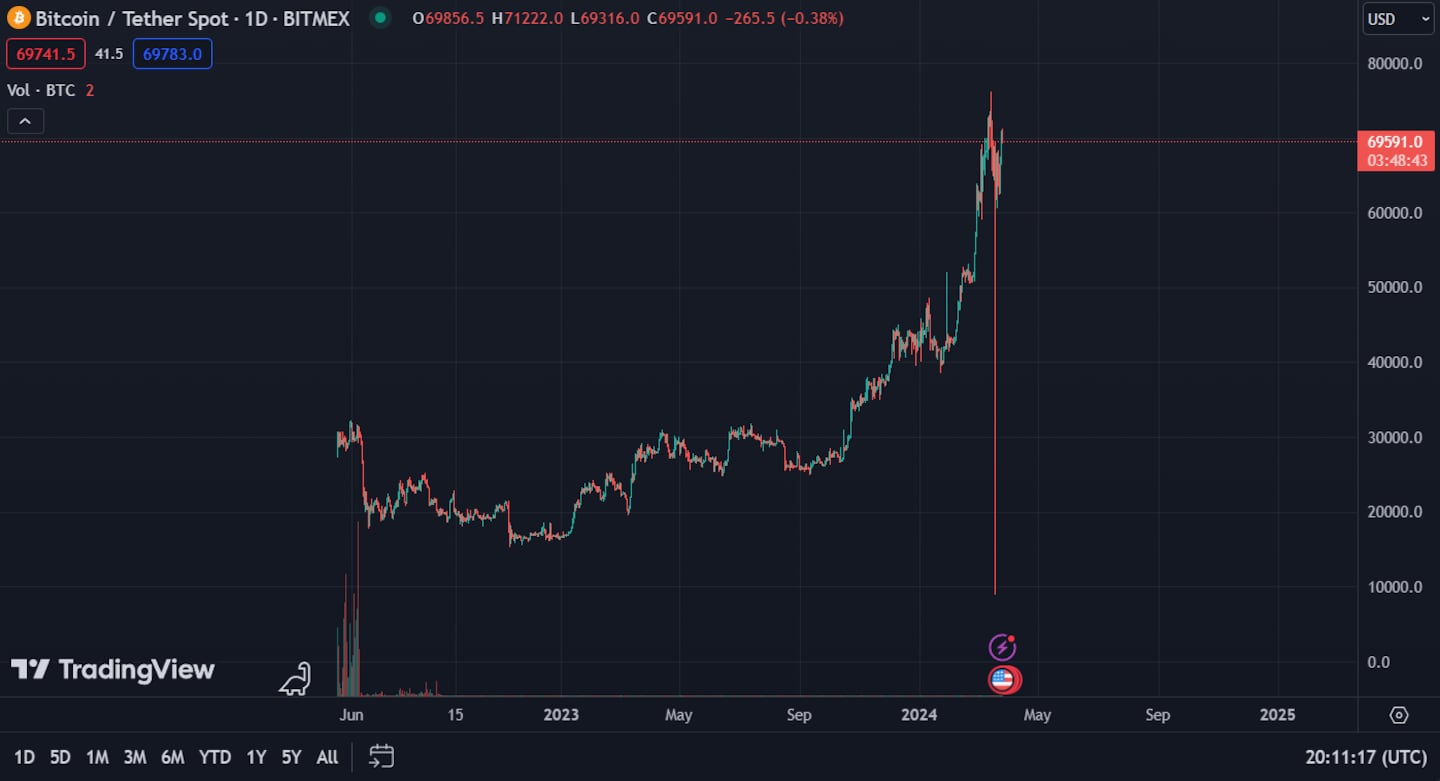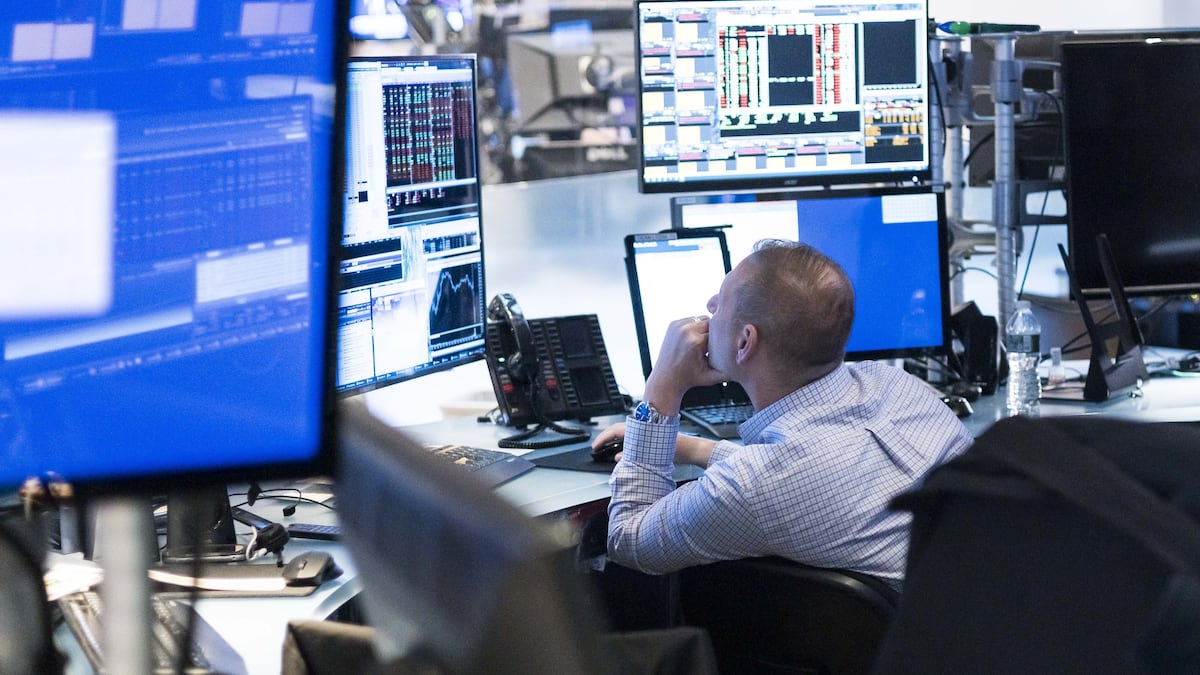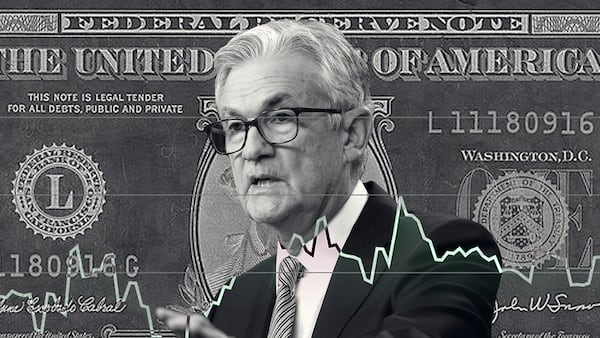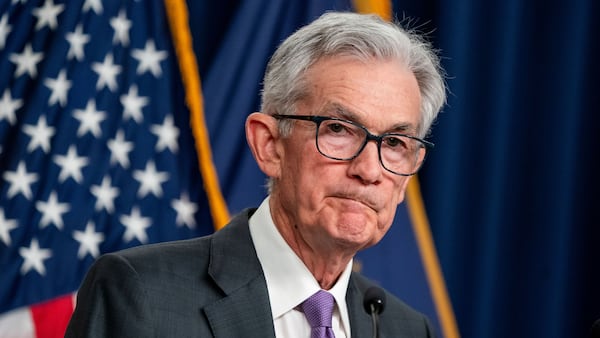- Two major crypto exchanges experienced flash crashes in March.
- Experts explain what has driven flash crashes and why they are common in crypto.
- Flash crashes are unlikely to stop happening until exchanges implement circuit breakers.
Bitcoin is bouncing back after dropping 17% from a new record this year.
But for some traders, the volatility that has become a key characteristic of crypto has lately been combined with another market phenomenon — the flash crash.
Flash crash course
A “flash crash” refers to when a security or cryptocurrency nosedives — creating a vertical cliff-edge on a chart — before spiking back up to its normal price again.
Two big flash crashes in March have brought the issue back into focus.
On March 18, the price of Bitcoin briefly crashed to roughly $9,000 on BitMEX — even though the asset was trading for about $66,000 on other exchanges at around the same time.
The same thing happened on Coinbase on March 5 on its Bitcoin and euro trading pair, which plummeted to approximately 48,000 euros — 11% lower than the same pair on Binance.
While most financial markets have pre-programmed trading halts in place to help manage flash crashes, crypto markets are still evolving.
With relatively fewer guardrails, more opaque trading platforms, and much fewer buyers and sellers, flash crashes have become a normal feature in crypto.
“Clearly the big difference [between crypto and other financial markets] would be the circuit breakers that have been built into most regulated exchanges,” Niki Beattie, a market structure expert and chair of crypto clearing house ClearToken, told DL News.
US laws mandate circuit breakers for stock exchanges to stem panic-selling. The benchmark S&P 500 automatically blocks trading for 15 minutes when the index drops 7%, 13%, and 20% from the previous day’s closing price.
Still, flash crashes have become more frequent since the advent of trading algorithms and electronic platforms.
“Most crypto exchanges are not regulated and probably haven’t anticipated the full impact of these sorts of events,” Beattie said.

Bad actors trying to manipulate prices, combines “low liquidity and fragmentation of the cryptocurrency market” contribute to flash crashes, Kaiko wrote in a report on Monday.
Whatever the reason, flash crashes are relatively common in crypto markets.
Kraken, one of the leading crypto exchanges in the US, suffered nine flash crashes on its Bitcoin-Tether trading pair from November 2019 to October 2020.
Fat finger
Kaiko said that several large sell orders, ranging from 100 Bitcoin to 10 Bitcoin, or $6.6 million to $600,000, were executed within a two-hour span on BitMEX on March 15. The price tanked.
“This suggests that the recent crash may have been amplified by a ‘fat finger’ error, given the already below-average liquidity,” Kaiko said.
BitMEX announced shortly after its own flash crash that it was looking into potential misconduct by BitMEX traders.
“The Bitcoin sell orders this morning were simply too big and frequent for independent market makers and other traders to react to,” the exchange posted on X. “Our compliance team is investigating the accounts and transactions triggering this price movement.”
Crypto market movers
- Bitcoin is down 0.7% in the last 24 hours, trading at $69,800.
- Ethereum slumped 1.1% in the same period, now at $3,500.
What we’re reading
- A tiny startup that sells backpacks takes on the SEC with a crypto airdrop lawsuit — DL News
- KuCoin Indicted For Alleged Multi-Billion Dollar Criminal Conspiracy — Milk Road
- 3AC’s Kyle Davies on Why He’s Crypto’s Lloyd Blankfein and Why He’s Not Sorry — Unchained
- Portuguese Data Regulator Temporarily Limits Worldcoin — Milk Road
- Inside the SEC court filings that ask a court to levy $2bn fine on Ripple — DL News
Tom Carreras is a markets correspondent at DL News. Got a tip about crypto markets? Reach out at tcarreras@dlnews.com









